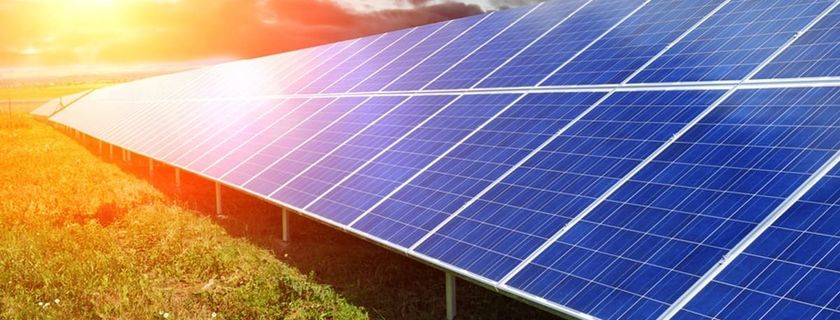
CIRCUSOL: Solar power business models towards a circular economy in Europe (PRESS RELEASE)
CIRCUSOL: Solar power business models towards a circular economy in…

Current PV and battery systems are still conceived from a linear perspective, neglecting a possible second use for other applications and creating (hazardous) waste or low-grade and/or energy-intensive recycled products. In order to increase or maintain the (financial, environmental and social) value of existing and new power solutions, these solutions need to be conceived, installed and operated with a circular (business) model in mind. Without a technical redesign of power solutions and their components the creation of added value is not guaranteed.
WHY IS IT SO DIFFICULT TODAY?
The International Renewable Energy Agency (IRENA, 2016) estimates 1,7 to 8 million tons of PV Panel waste by 2030 and 60-78 million tons by 2050 cumulatively to enter the waste stream, unless mature circular business solutions are put in place by then. Currently, only a fraction of the installed PV systems has been removed for the first time. Similar trends are discerned within the even younger EV battery market. With a young solar power sector primarily focussing on efficiency, 'circularity' is not (yet) a primary concern. Recycling, repairing, reconditioning, remanufacturing, refurbishment and reuse of PV and battery components are difficult because the initial PV and EV battery systems were never designed to be (1) easily demountable and (2) used again for multiple and/or different applications. Due to a lack of awareness and design guidelines or decision support instruments, most producers do not have the knowledge - nor expertise - to design solar power solutions in a circular way. Furthermore, in a traditional business practice, in which panels and batteries are sold to customers, there is no (financial) incentive to make them demountable, robust or compatible.
A redesign of solar power products and solutions is required in order to shift:
ACTIONS WITHIN CIRCUSOL PROJECT
Overall, CIRCUSOL strives to describe technological innovations to enhance the circularity of the PV modules, and the financial implications within a business context. The project aims to demonstrate innovative circular solar power solutions to create awareness and provide tangible information for producers, manufacturers and service providers. A more detailed action steps are as follows:
(1) reduce the number of components and materials in modules (hence, making it easier to recycle it afterwards),
(2) increase the ability to disassemble PV and battery modules, without losing
(3) robustness regarding heavy weather conditions, fire and wear and tear.
First steps have been undertaken in other R&D projects, such as CABRISS6 and SUPER PV7. Also, from a software perspective, guiding is required to integrate battery management systems with updatable software, in order to maximize reuse.
(1) better identify valuable (and interfering) materials,
(2) to disassemble/recover components for reuse or remanufacturing and
(3) to recycle into useful materials, in order to absorb the vast number of PV panels installed in the beginning of the 21st century or earlier
The long-term action of CIRCUSOL is standardisation of shape and dimensions of battery and PV parts in order to increase the compatibility and interchangeability of components in different power solutions. This will make it easier to reuse them directly in multiple applications.
Did you find this article useful? READ THE FULL VISION OF CIRCUSOL HERE.

CIRCUSOL: Solar power business models towards a circular economy in…